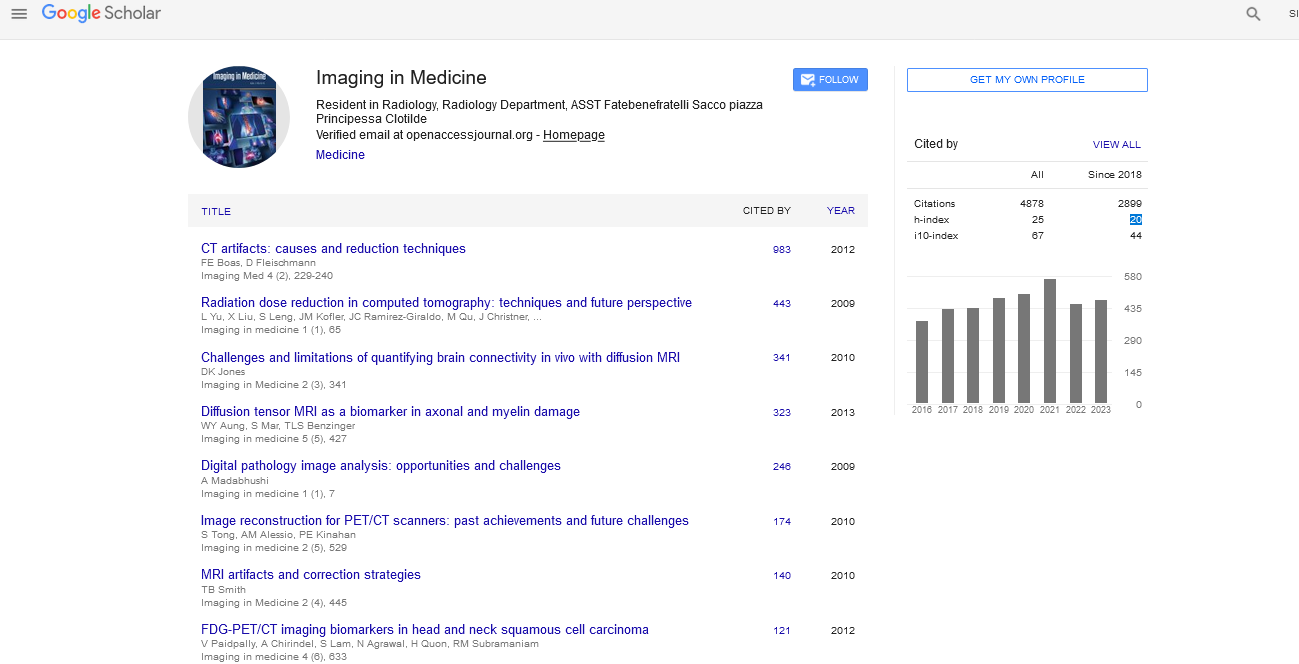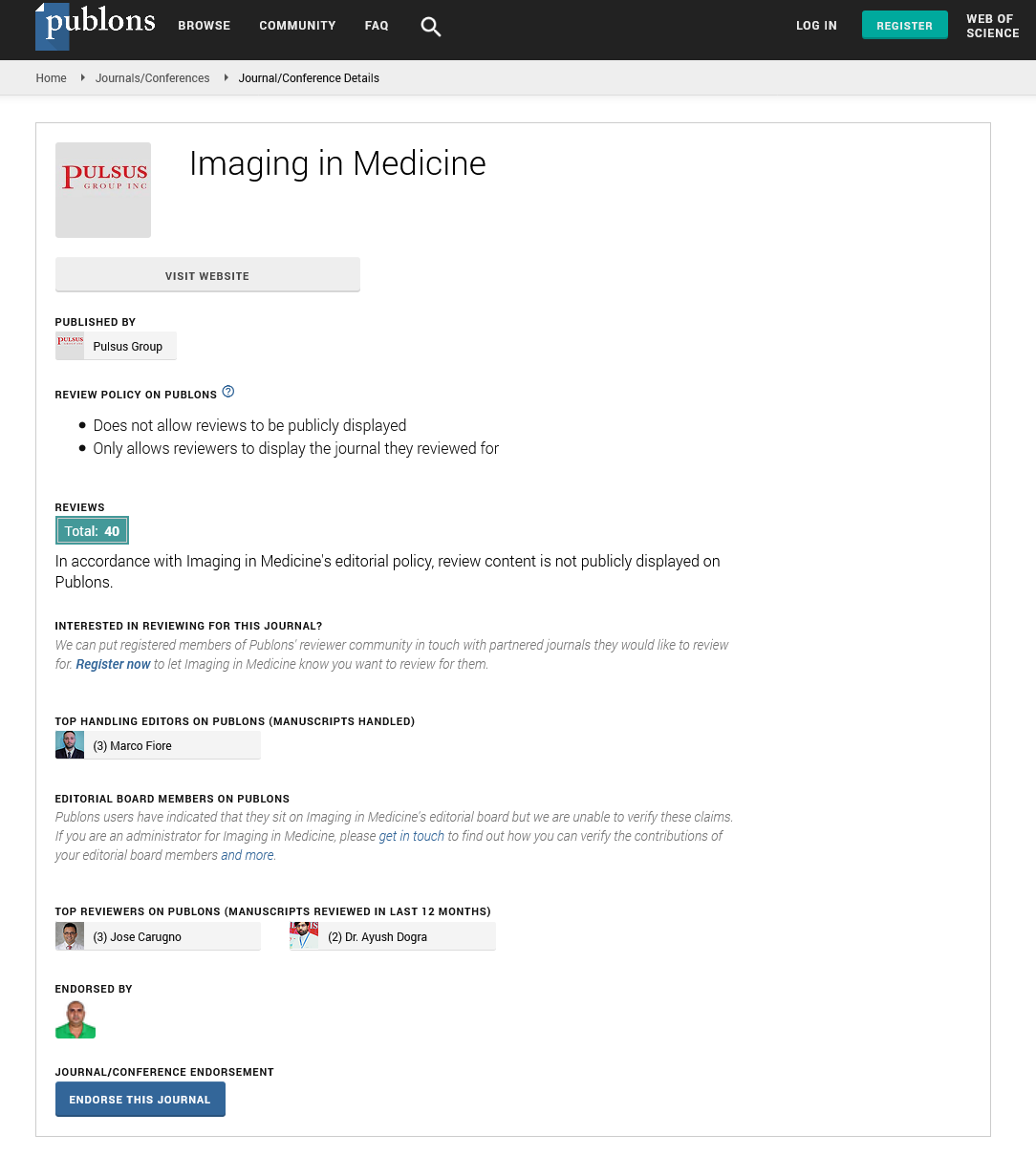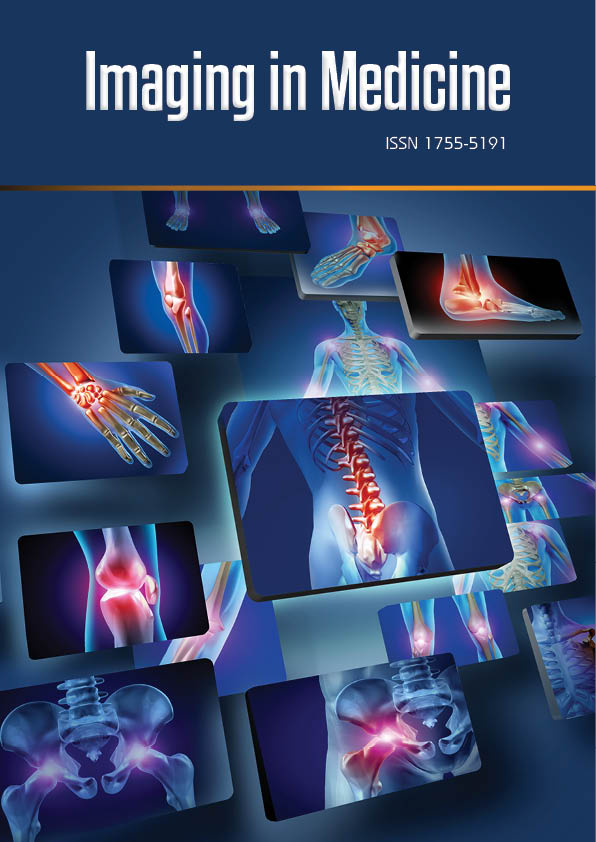Editorial - Imaging in Medicine (2025) Volume 17, Issue 1
AI Enhanced CPR Revolutionizing Resuscitation with Intelligent Intervention
Vittorio Seba*
Department of Obstetrics and Gynecology, School of Medicine, Stanford University, California, USA
- *Corresponding Author:
- Vittorio Seba
Department of Obstetrics and Gynecology, School of Medicine, Stanford University, California, USA
E-mail: Vittorio@gmail.com
Received: 17-Jan-2024, Manuscript No. fmim- 25-170121; Editor assigned: 20-Jan-2024, PreQC No. fmim-25-170121 (PQ); Reviewed: 04-October-2024, QC No. fmim-25-170121; Revised: 14-Jan-2024, Manuscript No. fmim- 25-170121 (R); Published: 21-Jan-2024, DOI: 10.47532/1755-5191.2025.17(1).1-3
Introduction
Cardiac arrest remains one of the most time-sensitive emergencies, with survival chances falling sharply as every minute passes. Traditional cardiopulmonary resuscitation (CPR), once a standardized oneâsizeâfitsâall technique, is now being fundamentally transformed by artificial intelligence (AI). From realâtime rhythm interpretation during compressions to adaptive robotic systems and feedbackâdriven wearable devices, AIâenhanced CPR is ushering in a new era of individualized, highâprecision resuscitation—one poised to significantly improve outcomes.
Innovations in AIâDriven CPR Technologies
ClosedâLoop AI Controlled Compression Systems
Pioneering work by researchers at the University of Minnesota and Georgia Tech has resulted in the world’s first AIâcontrolled, closedâloop CPR system. Preâclinical studies in porcine models showed this system outperformed both experienced physicians and the established LUCAS mechanical compressor, maintaining superior coronary perfusion over time by dynamically adjusting compression depth and timing using continuous data feedback Medical School+1.
AIâEnabled CPR Robots
Robotic systems equipped with AI are being developed to autonomously perform chest compressions while optimizing location, depth, and rate based on realâtime biosignals such as endâtidal COâ. In experimental ICU and animal models, these AIâdriven robots demonstrated comparable hemodynamic markers and return of spontaneous circulation (ROSC) to mechanical devices like LUCAS 3, with potential benefits in neurological outcomes PubMed.
Deep Learning for RealâTime Rhythm Analysis
Interrupting chest compressions to check cardiac rhythm or pulse delays outcomes. AI models using convolutional neural networks and ResNet architectures can now analyze ECG signals during ongoing CPR—including mechanical compressions—and distinguish life-threatening shockable rhythms with accuracy meeting American Heart Association standards (sensitivity ≥90â¯%, specificity ≥95â¯%) MDPI PubMed. Additional algorithms predict presence of pulse during compressions (AUC ≈â¯0.84â0.89), reducing unnecessary pauses medresearch.umich.edu arxiv.org credihealth.com.
NonâInvasive Biosignal Wearables for Adaptive Guidance
The INSIGHTâCPR initiative is developing wearable sensors (e.g., finger/wrist patches) that capture arterial waveform data to estimate diastolic blood pressure in realâtime. Coupled with embedded AI algorithms, this system provides rescuers with optimized hand placement and technique guidance tailored to the patient’s physiology, aiming to improve survival by personalizing CPR actions in the field without invasive monitoring medresearch.umich.edu credihealth.com.
Training, Simulation, and System Integration
Beyond hardware, AI plays a major role in CPR education and deployment strategy. Virtual and augmented reality platforms, powered by AI, are now widely used in CPR skills labs to provide immersive, interactive, realâtime feedback, enhancing learning outcomes and retention Lippincott Journals. AI analytics also optimize placement of AEDs via mapping of highârisk zones and support droneâdelivered AED deployment to reduce time to defibrillation in outâofâhospital cardiac arrest scenarios credihealth.com.
Challenges and Forward Path
While promising, AIâenhanced CPR faces challenges including clinical validation across diverse patient populations, integration into emergency medical systems, concerns over interpretability and trust (XAI), and regulatory approval pathways. Recent surveys of AI in CPR emphasize reinforcement learning, transformer models, and explainable AI as key trends shaping future innovation, alongside the need for robust datasets and standardization.
Conclusion
AIâenhanced CPR represents a paradigm shift in emergency cardiac care—transforming CPR from a generic, manual protocol into a precision, dataâdriven intervention. Whether through closedâloop mechanical systems, AIâassisted robotics, realâtime rhythm detection, or personalized feedback wearables, these technologies hold the promise of reducing interruptions, improving hemodynamics, and ultimately saving more lives. As these systems advance through clinical trials and into realâworld settings, they will demand interdisciplinary collaboration, trustworthiness, and thoughtful integration into resuscitation guidelines.
References
- Tong Y, Huang Y, Zhang Y, Zeng X, Yan M, et al. (2021) DPP3/CDK1 contributes to the progression of colorectal cancer through regulating cell proliferation, cell apoptosis, and cell migration. Cell Death Dis 12: 529.
- Li L, Wang J, Hou J, Wu Z, Zhuang Y, et al. (2012) Cdk1 interplays with Oct4 to repress differentiation of embryonic stem cells into trophectoderm. FEBS Lett 586: 4100-4107.
- Marlier Q, Jibassia F, Verteneuil S, Linden J, Kaldis P, et al. (2018) Genetic and pharmacological inhibition of Cdk1 provides neuroprotection towards ischemic neuronal death. Cell Death Discov 4: 43.
- Gregg T, Sdao SM, Dhillon RS, Rensvold JW, Lewandowski SL, et al. (2019) Obesity-dependent CDK1 signaling stimulates mitochondrial respiration at complex I in pancreatic beta-cells. J Biol Chem 294: 4656-4666.
- Smith HL, Southgate H, Tweddle DA, Curtin NJ (2020) DNA damage checkpoint kinases in cancer. Expert Rev Mol Med 22: e2.
Google Scholar, Crossref, Indexed at
Google Scholar, Crossref, Indexed at
Google Scholar, Crossref, Indexed at
Google Scholar, Crossref, Indexed at


